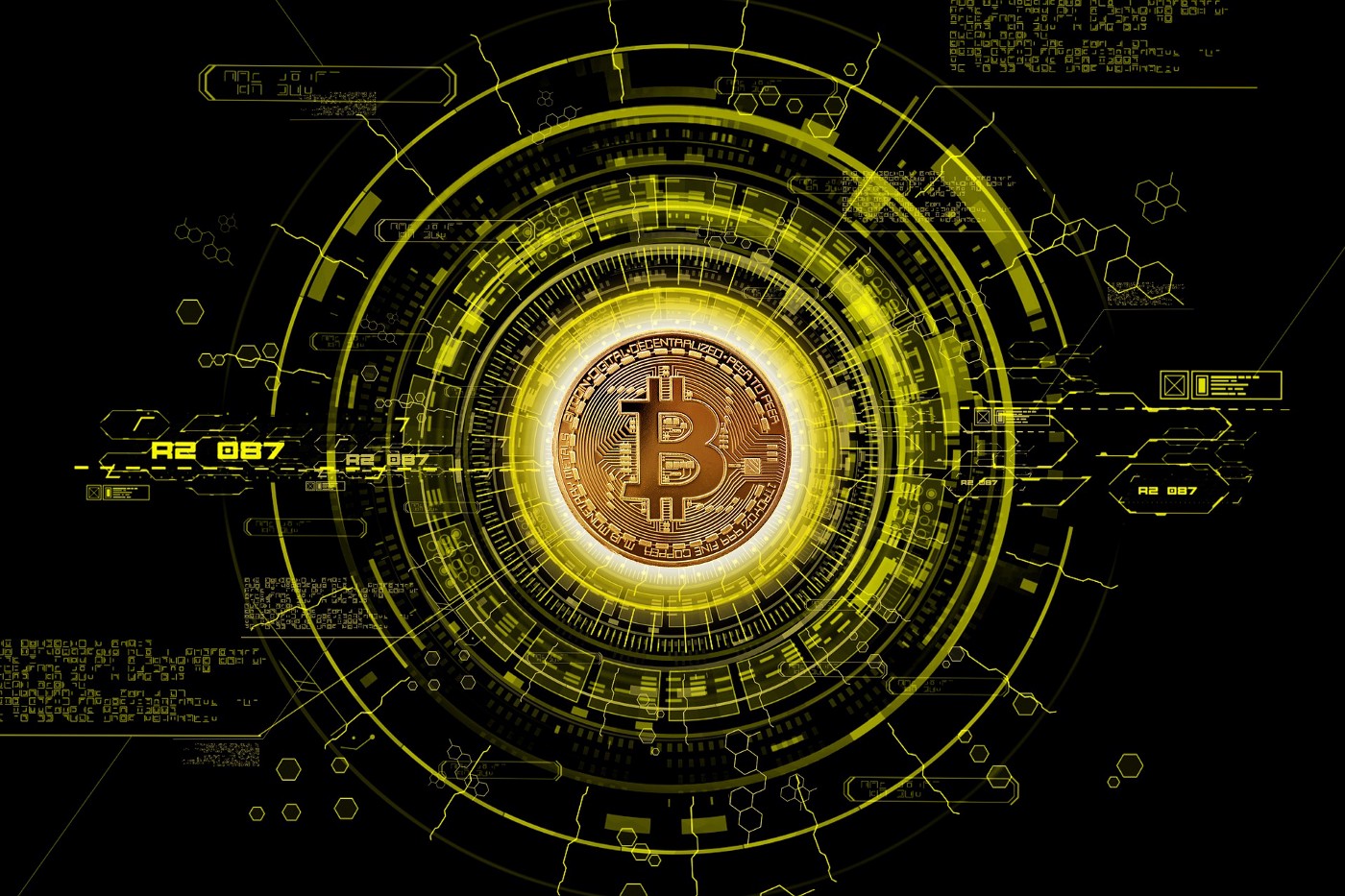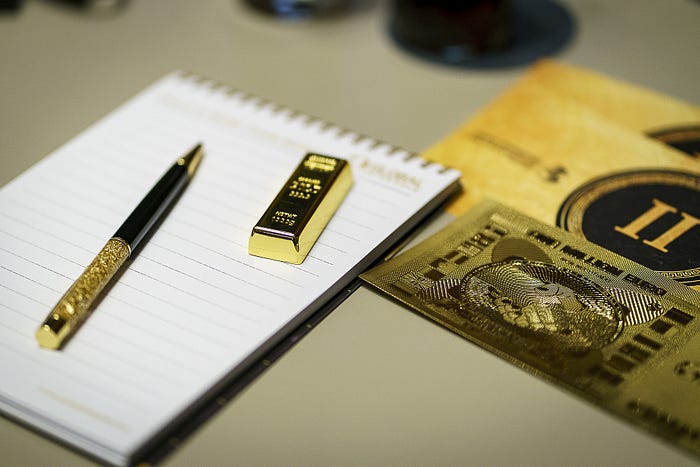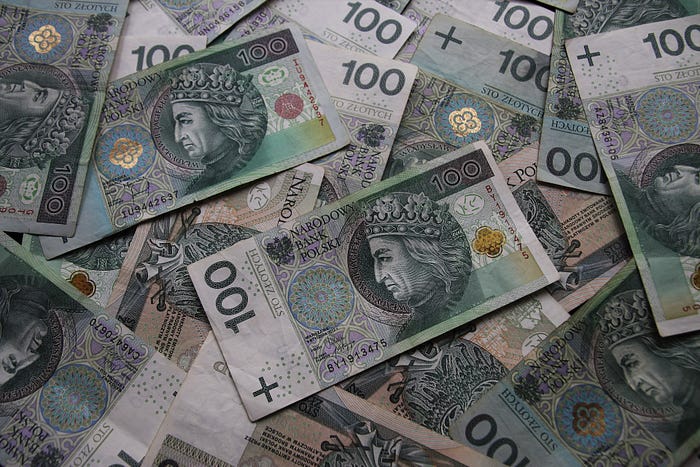Cryptocurrency 101

Blockchains, Cryptocurrencies, Bitcoins and Ethereum are some of the buzzwords we hear very often these days, and you might wanna know what exactly is a blockchain, what is a cryptocurrency? what is bitcoin and how does it work? Why is it getting so popular and expensive? etc etc.
Let’s start from scratch and answer the third most searched term on Google back in 2018, “what is Bitcoin?”
And, before we talk about Bitcoin I want to take a moment and talk about money.
What is money exactly?
The principle is that, money represents value.
If I do some work for you or give you a product that I created, you give me money in exchange for the value I gave you. I can then use that money to get something of the same value from someone else in the future.
Throughout human civilization, people used a lot of different materials to represent values and money. Salt, wheat, shells and of course gold, silver, diamonds etc. They have all been used as a medium of exchange.

However, in order for something to represent a value, people have to trust that it is indeed valuable and that it will stay valuable long enough for them to redeem that value in the future.
Up until a hundred years ago or so we always trusted in SOMETHING to represent money. However, something happened along the way and we’ve changed our trust model from trusting someTHING to trusting in someONE.
Let me explain. Over time, people found it too cumbersome to walk around the world carrying bars of gold or other forms of money, so paper money was invented.
Here’s how paper money works, a bank or government would offer to take possession of your bar of gold; let’s say worth $1000, and in return,
that bank would give you receipt certificates, which we call bills, amounting to $1000. Not only were these pieces of paper much easier to carry, but you could spend a dollar on a cup of coffee without having to cut your gold bar into a thousand pieces!

And if you want your gold back, you simply could take $1000 in bills back to the bank to redeem them for the actual form of money, in this case, that gold bar, whenever you needed…
And so, paper money invaded society as an instrument of practicality and convenience. However as time progressed, and due to macro-economic changes, this bond between the paper receipt and the gold it stands for was broken.
Now, a proper explanation of the path that led us away from the gold standard could be extremely complex and might take us away from the scope of this article.
But for the time being it’s sufficient to put it like this, governments told their people that the government itself would be liable for the value of that paper money. Basically, people all around the world together agreed “let’s just forget about gold and trade paper instead”.
So they continued to trade with paper receipts that are backed by nothing of a constant value like gold, but the government’s promise. And why did that continue to work? Well, because of trust and faith people had in their governments. Even though there is no actual commodity backing paper money, people trusted the government and that’s how fiat money was created.
Fiat is a Latin word that means “by decree”. Meaning the dollars, or euros or any other currency for that matter have value because the government orders it to. It’s what is known as
“legal tender” — coins or banknotes that must be accepted if offered as payment.
So the value of today’s money actually comes from a legal status given to it by a central authority, in this case, the government. And so the trust model has changed, from trusting someTHING to trusting someONE, the government.
Fiat money has two main drawbacks
1. It is centralized:
You have a central authority that controls and issues it.
2. It is not limited by quantity:
The government or central bank can print as much as they want whenever needed and inflate the money supply on the market.
But the absolute net value of all the money owned by a government stays the same!
(To keep it simple think of it like this, if a country has a net worth of $ 10 Billion and has 10 billion notes printed within the country, each note is worth 1.00 with respect to a standard reference, as the US dollar. If they have printed 2 billion notes within the country, each note will be worth half the previous amount, that is $ 0.5 )
The problem with printing money is exactly this. Because you’re flooding the market with more money, the value of each note/coin drops, so your own money becomes worthless.
When you see prices rising throughout the years it’s not necessarily that prices are rising as much as that the purchasing power of your money is dropping.
You need more dollars to buy something that used to be “costless”. Once fiat money was in place, moving to the next step, moving to digital money was pretty simple.
We already have a central authority that issues money, so why not make money mostly digital and let that authority keep track of who owns what. Today that’s what we do, we mainly use credit cards, wire transfers, PayPal and other forms of digital money.
The amount of physical money in the world is almost negligible and is getting smaller with each year that passes. So if most money today is digital, how does that even work? I mean, if I have a file that represents a dollar, what stops me from copying it a million times (even though it’s not easy to execute) and making myself a million times richer?
This is called the “double-spend problem”.
(even though it is not very common or easy to get done, people with extraordinary technical capabilities may bypass the security systems and manage to accomplish this)
The solution that banks use to avoid it today is a “centralized” solution; they keep a ledger on their computer which keeps track of who owns what.
Everyone has an account and this ledger keeps a tally for each account.
We all trust the bank and the bank trusts their computer, and so the solution is centralized on this ledger on this computer. You may not know this, but there were many attempts to create alternative forms of digital currencies, however, none of them was very successful in solving the double-spend problem without a central authority.
Whenever you give anyone control over the money supply you’re giving them enormous power and this creates three major issues:
The first issue is corruption;
“Power corrupts, and absolute power corrupts absolutely.”
When banks have a mandate to create money, or value, they basically control the flow of value in the world, which gives them almost unlimited power. A small example of how power corrupt can be seen in Wells Fargo’s scandal where employees secretly created millions of unauthorized bank and credit card accounts in order to inflate the bank’s revenue stream, without their customers knowing about it for years.
The second issue of a centralized system is mismanagement.
If the central authority’s interest isn’t aligned with the people it controls there may be a case of mismanagement of the money. For example, printing a lot of money in order to save a certain bank or institution from collapsing, as what happened during the 2008 economic fall.
The problem with printing too much money is that it causes inflation and basically erodes the value of the citizen’s money. One extreme example for this is Venezuela, where the government has printed so much money, and the value of it has dropped so much, that people are no longer counting money but are weighing it instead.
The last issue is control.
You are basically giving away all control of your money to the governments or central banks. At any point in time, the government can decide to freeze your account and deny you access to your own funds. Even if you use only cold hard cash the government can cancel the legal status of your currency as was done in India a few years back.
This was the state of things until 2009. Creating an alternative to the current monetary system seemed like a lost cause.
But then a pretty good solution was suggested!
In October 2008 a document was published online by a guy calling himself Satoshi Nakamoto. (we still do not know for sure who exactly this person, group or organization is)
The document, which was a whitepaper, suggested a way of creating a system for a decentralized currency called Bitcoin. This system claimed to create digital money that solves the double-spend problem without the need for a central authority.
At its core Bitcoin is a transparent ledger system that has no central file/authority. But what does this confusing thing even really mean? if there is no central file/authority to this ledger, how the records are properly maintained?
Let’s compare Bitcoin to the bank. Since most money today is already digital, the bank basically manages its own ledger of balances and transactions. However, the bank’s ledger is not transparent and it is stored on the bank’s main computer.
You can’t sneak a peek into the bank’s ledger, and only the bank has complete control over it. Bitcoin on the other hand, like I said is a transparent ledger.
At any point in time, I can sneak a peek into the ledger and see all of the transactions and balances that are taking place. The only thing you can’t figure out is who owns these balances and who is behind each transaction.
we call such situations, pseudo-anonymous; which means everything is open, transparent and traceable but you still can’t tell who is sending what to whom.
Let’s understand this concept more with an example.
When you look at a bitcoin ledger, you can see on your screen, certain rows from Bitcoin’s ledger. you can see that a certain Bitcoin address sent 10,000 Bitcoins to another Bitcoin address in May of 2010. This specific transaction is the first purchase that was ever made with Bitcoin and it was to buy 2 pizzas by a guy named Laszlo.
Laszlo published a post back in 2010 asking for someone to sell him 2 pizzas in exchange for 10,000 Bitcoins. Well, someone did sell pizzas to him, and now the price of these two Pizzas is worth well over 100 million dollars today.
Bitcoin is also decentralized; there’s no one computer that holds the ledger. With Bitcoin, every computer that participates in the system is also keeping a copy of the ledger, also known as the Blockchain.
So if you want to take down the system or hack the ledger to own more money, like in the double-spend problem, you’ll have to take down thousands (if not millions) of computers that are keeping a copy and constantly updating it.
Bitcoin is digital, meaning there’s nothing physical that you can touch in a Bitcoin. There are no actual coins, there are only rows of transactions and balances. When you “own” Bitcoin it means that you own the right to access a specific Bitcoin address record in the Bitcoins ledger and send funds from it to a different address.
Why is Bitcoin such big news?
For the first time in history since digital money came into existence, we now have an alternative to the current unstable money system. Bitcoin is a form of money that no government or bank can control as they wish. To get some idea about what change does it do to society, Think about the days before the Internet, how centralized the flow of information/news was.
Basically, if you wanted information you could get it from a few major players like the New York Times, The Washington Post and other news agencies.
Today, thanks to some services on the Internet (mostly social media), information flow is decentralized and you can communicate and consume knowledge from around the world with the click of a button without having to trust a 3rd party to provide you what you need.
Bitcoin does the same thing to the money flow. And it’s offering a decentralized solution to money. Bitcoin has several advantages over the current system.
First, it gives you complete control over your money.
With Bitcoin, you and you alone can access your funds. (decentralized ledger is almost un-hackable)
No government or bank can decide to freeze your account or confiscate your holdings.
Bitcoin also cuts a lot of the middlemen from the process of transferring money.
This means that in many cases Bitcoin is cheaper to use than traditional wire transfers or money orders. Also, unlike fiat currencies, Bitcoin was designed to be digital by nature, which means you can add additional layers of programming on top of it and turn it into “smart money”, Finally, Bitcoin opens up digital commerce to 2.5 billion people around the world who don’t have access to the current banking system.
These people are unbanked or underbanked because of where they live or the reality that they have been born into.
However, today, with a mobile phone and a click of a button they can start trading using Bitcoins, no permission is needed.
Today there are several merchants online and offline that accept Bitcoin.
You can order a flight or book a hotel with Bitcoin if you like.
There are even Bitcoin debit cards that allow you to pay at almost any store with your Bitcoin balance.
Even though I focused only on Bitcoin in this article to keep it in simple terms, Bitcoin is only one of the many cryptocurrencies that are available nowadays. In fact, it’s the first-ever cryptocurrency and also was the first application to successfully implement and occupy a blockchain, when the developer/s working under the pseudonym Satoshi Nakamoto released the public ledger for handling the Bitcoin transactions, launching the cryptocurrency boom that we are seeing today. And thereafter a lot of other cryptos were introduced by different people/ organizations and are successfully running now.
The revolution of money began in 2009 and these days we are seeing it change money as we know it.